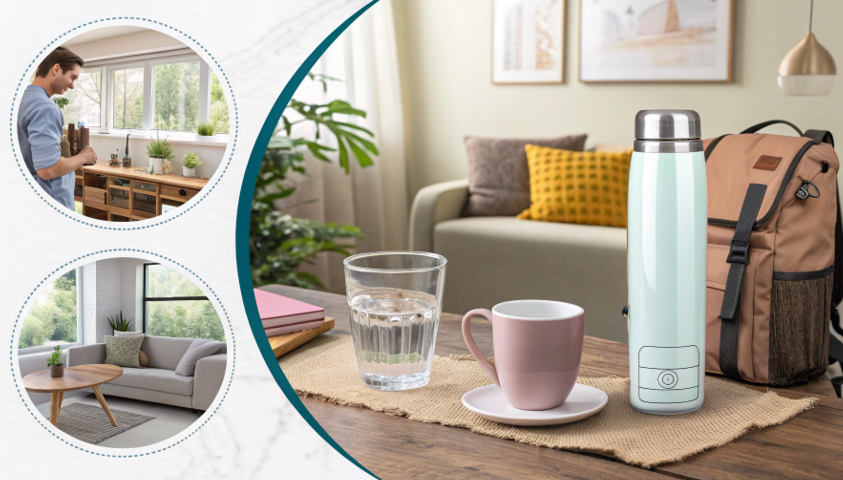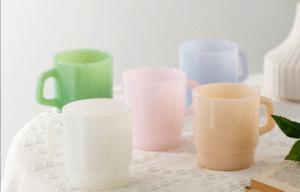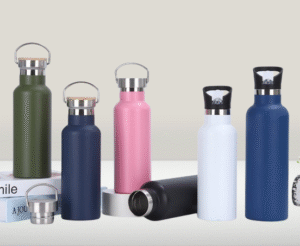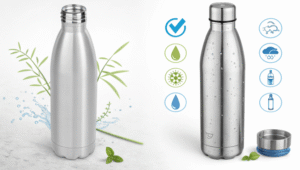Stressed about your water bottle? You hear stories about plastic chemicals and metallic tastes, making a simple choice feel complicated. You just want to drink water safely and confidently.
The healthiest water bottle is typically made of glass, as it is inert and non-porous. Food-grade stainless steel is the next safest choice. If you prefer plastic, choose one certified free of BPA and other bisphenols, like Tritan, to ensure a safe drinking experience.
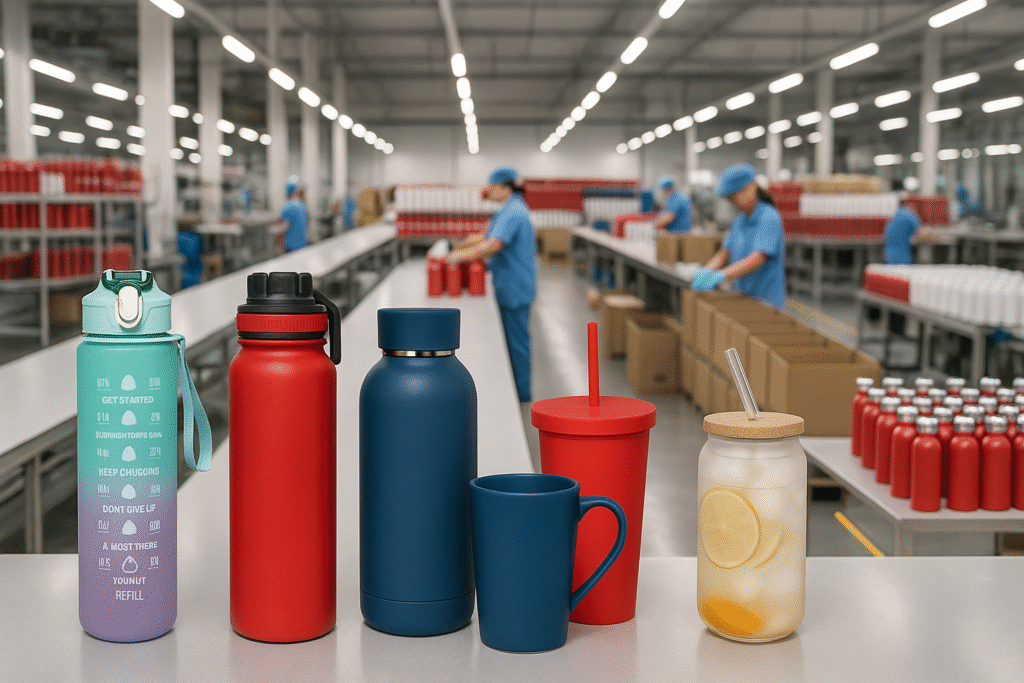
As someone who has helped brands develop drinkware for years, this question of "what is healthiest?" is always at the center of my work. I remember back around 2015, consumer awareness about health and materials was really taking off. That's when the demand for BPA-free plastics and high-quality stainless steel exploded in Western markets. The industry had to adapt quickly. This shift wasn't just a trend; it was a fundamental change in what people expected from a product they use every single day. Let's break down what truly makes a water bottle a healthy choice.
What is the best and safest water bottle to drink from?
Choosing a bottle feels like a health risk. Are there hidden chemicals? What about metals? You just want a safe sip of water without having to worry about what's in the bottle itself.
The safest choices are glass and 18/8 food-grade stainless steel. Glass is completely inert, meaning it won't leach anything into your water. Stainless steel is highly durable and non-reactive. For plastics, always look for certifications like FDA and LFGB to confirm they are safe.
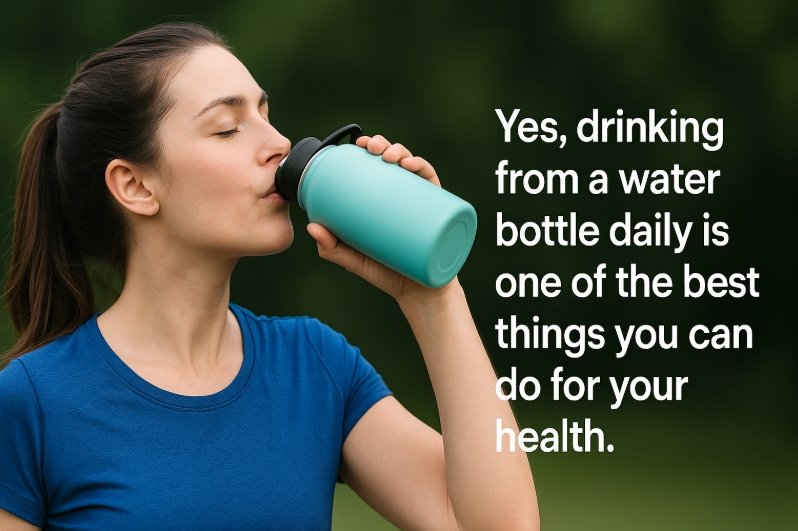
I always tell my clients, like Emily, that safety isn't just a feature; it's a non-negotiable standard. We start by analyzing the materials. Glass is the benchmark for purity, which is why it’s favored for products targeting health-conscious consumers. However, its fragility is a real concern in manufacturing and for the end-user.
Material Deep Dive
Stainless steel, specifically the 304 or 18/8 grade, is my go-to recommendation for a balance of safety and durability. A key part of my job is ensuring that the entire product is safe, not just the main body. We rigorously test for contaminants like lead, especially in the solder points used to seal vacuum-insulated bottles.
Plastic is where it gets complex. The "BPA-free" label became a marketing necessity a decade ago. Now, savvy developers and consumers look deeper, asking about other chemicals like BPS. This is why I steer partners toward trusted materials like Tritan, which has a strong, tested track record. It's not just about a label; it’s about verifiable safety through certifications, which are the gatekeepers to trustworthy markets in Europe and North America.
Which water bottle is best for hydration?
You are trying to drink more water, but your bottle isn't helping. It might be too small, hard to carry, or give your water a weird taste, discouraging you from hydrating.
The best bottle for hydration is one you'll actually use. A 24-40 oz (750-1200ml) wide-mouth bottle is great for tracking intake and easy refilling. Insulated stainless steel keeps water appealingly cold, encouraging you to drink more throughout the day.
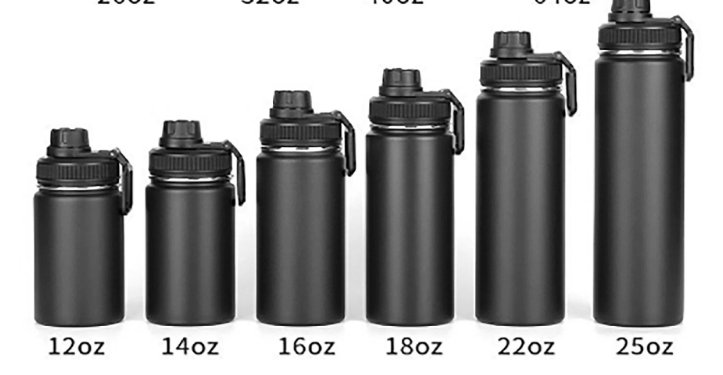
When a brand wants to create a bottle to promote hydration, the conversation moves beyond just materials and into design and user experience. It's all about removing barriers. A large capacity means fewer refills. A wide-mouth opening makes it easy to add ice, which is a big deal for keeping water refreshing. This was a learning from my early days; we launched a sleek, narrow-mouth bottle that looked great but customers complained they couldn't fit standard ice cubes in it. Sales suffered.
Designing for Drinkability
We now focus on features that actively encourage drinking.
- Temperature Control: Double-wall vacuum insulation is key. Cold water is simply more appealing to drink for most people. Keeping water ice-cold for 12+ hours is a major functional benefit that drives usage.
- Convenient Lids: A straw lid or a quick-spout lid makes it easier to sip water on the go, whether at a desk or in a car, without having to unscrew a cap. This small convenience dramatically increases how much water people drink.
- Portability: A comfortable, durable handle is not just an add-on; it's essential. If the bottle is easy to carry from your car to your desk to the gym, you're more likely to have it with you and use it.
The best bottle for hydration is a silent partner in your health goals. It makes drinking water easy, convenient, and enjoyable.
What is the best water choice for everyday use?
Your cupboard is full of different bottles, but you still grab disposables. They're heavy, they leak, or they're a pain to clean. You need one reliable bottle for your daily routine.
For most people, a 20-30 oz (600-900ml) insulated stainless steel bottle is the best choice for everyday use. It's versatile enough for your commute, desk, and gym, combining durability, temperature control, and a clean taste without being too bulky.
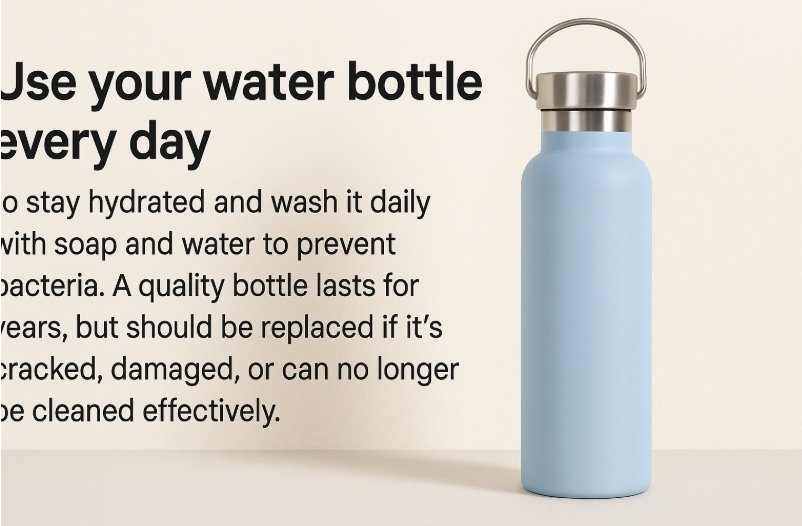
Reflecting on market shifts, the rise of the "everyday carry" bottle was a huge turning point. Around 2015, as cost pressures from raw materials like stainless steel fluctuated, brands had to deliver more value. The answer was versatility. Instead of selling a bottle just for sports or just for coffee, we started developing all-in-one solutions. This approach resonated with consumers who wanted to simplify and own fewer, better things.
The All-Rounder's Winning Formula
The mid-size insulated stainless steel bottle became the hero product. Here’s why it works so well for daily life:
- Perfect Size: It holds enough water to get you through a few hours but is still light enough to carry around in a bag or by hand without feeling like a burden.
- True Versatility: The insulation means it's as good for your morning hot tea as it is for your afternoon cold water. This dual-use capability is a massive selling point.
- Low Maintenance: Stainless steel doesn’t hold onto odors or flavors. You can switch from coffee to water after a quick rinse without tasting your last drink. A wide-mouth design also makes it simple to clean with a standard bottle brush.
I've helped launch dozens of these "lifestyle" bottles, and their success comes from hitting that perfect middle ground of performance, convenience, and durability. It just works.
Which water bottle material is best for your kidneys?
You are mindful of your health, especially organ function like your kidneys. Thoughts about impurities or chemicals leaching from your bottle into your water are a serious concern.
For optimal kidney health, purity is paramount. Glass is the best material as it's completely inert and guarantees no chemical leaching. The next best is high-quality, food-grade 18/8 stainless steel, which is also stable and non-reactive.

When discussing health impacts with clients, I emphasize that the goal is to ensure the bottle adds nothing to the water. Your kidneys are your body's filter, so the last thing you want is to make them work harder by processing unnecessary chemicals. This is why glass is the gold standard for anyone with health sensitivities or serious concerns about purity. There's no debate about its inertness.
Reducing Your Body's Burden
From a manufacturing perspective, ensuring this level of purity requires strict quality control.
- Glass Purity: We must source high-purity glass, like borosilicate, which is known for its stability and resistance to thermal shock. It contains no materials that could leach, even with acidic drinks like lemon water.
- Stainless Steel Integrity: With stainless steel, the focus is on using certified 18/8 grade and checking for any contaminants. I've rejected entire shipments because the welding material on the bottom seam contained traces of lead. That is an unacceptable risk for any consumer, especially one focused on organ health.
- Avoiding Problematic Plastics: For those with kidney health in mind, I advise against using any but the most stringently tested plastics. Avoid older, scratched, or cloudy plastic bottles, as they have a higher potential for material breakdown and leaching.
Ultimately, supporting kidney function with hydration means choosing a container that delivers water in its cleanest possible form.
| Material | Health & Kidney Safety Aspect | Recommendation For... |
|---|---|---|
| Glass | Gold Standard. Completely inert, no leaching. | Anyone prioritizing absolute purity. |
| Stainless Steel | Excellent. Use certified 18/8 grade. | A durable, portable, and very safe option. |
| Tritan Plastic | Good. Certified BPA/BPS-free, stable. | When lightweight and shatterproof are needed. |
Conclusion
For your health, choose a bottle made from a pure material. Glass and food-grade stainless steel are the safest options, ensuring nothing leaches into your water. Your daily routine determines the winner.
